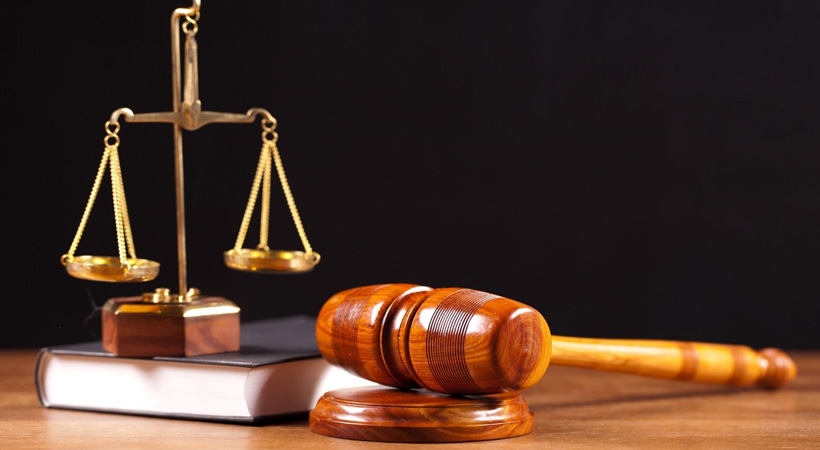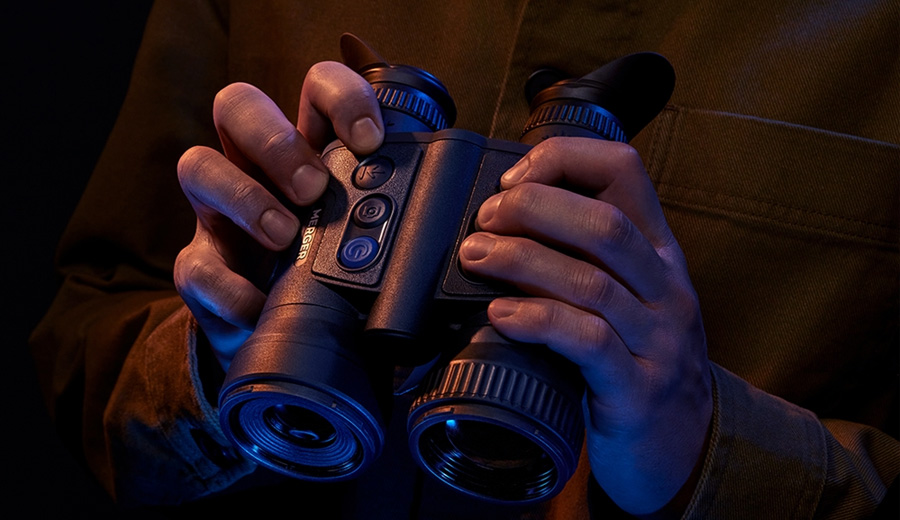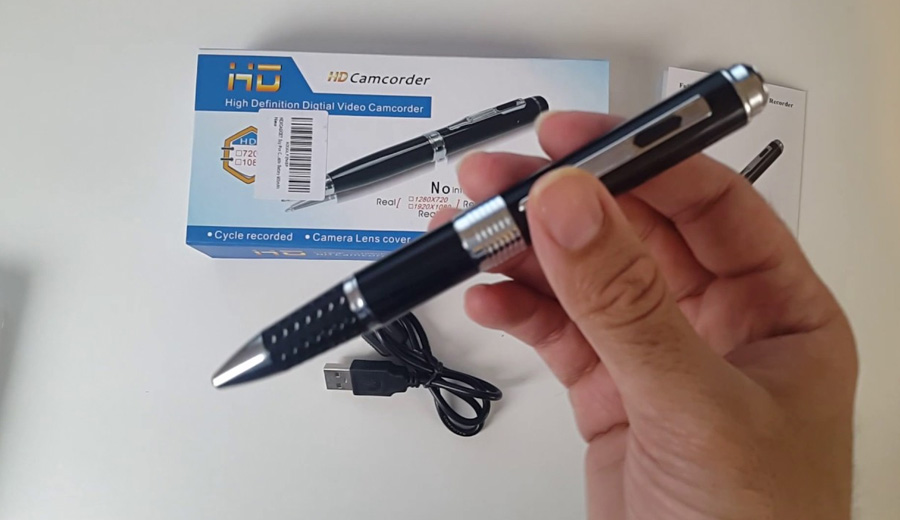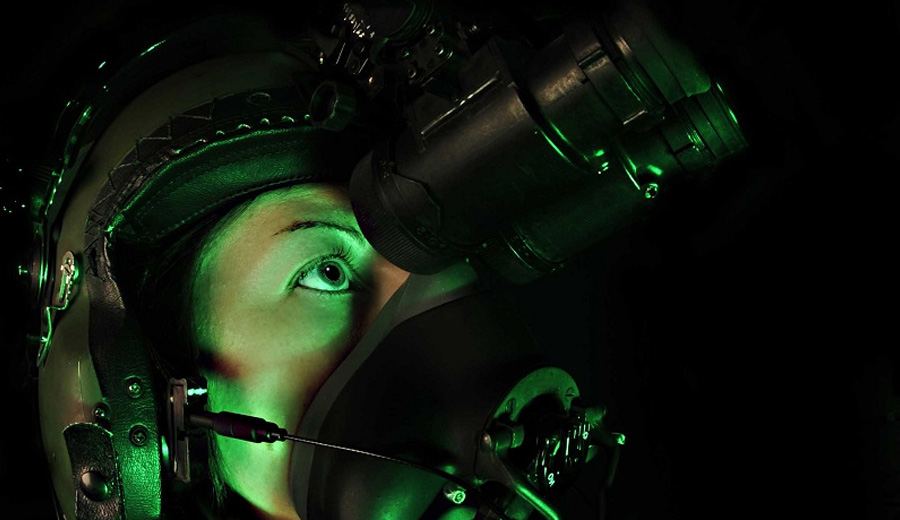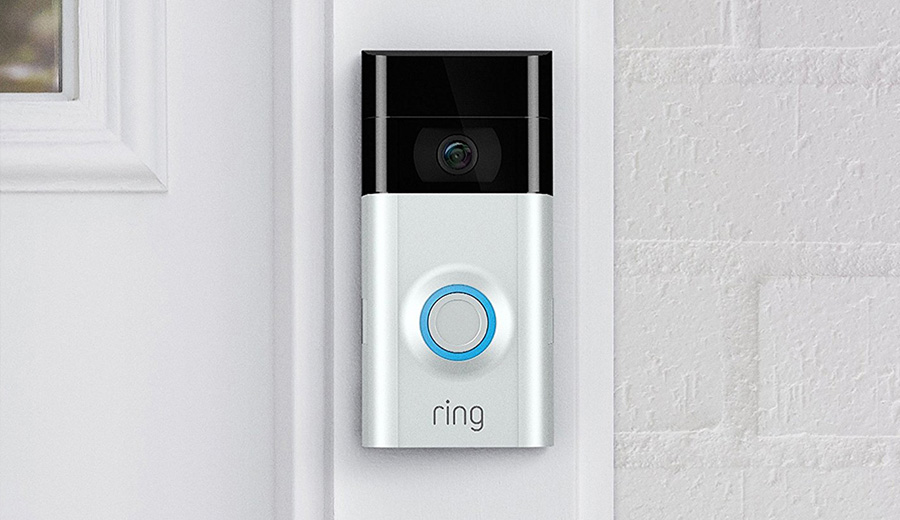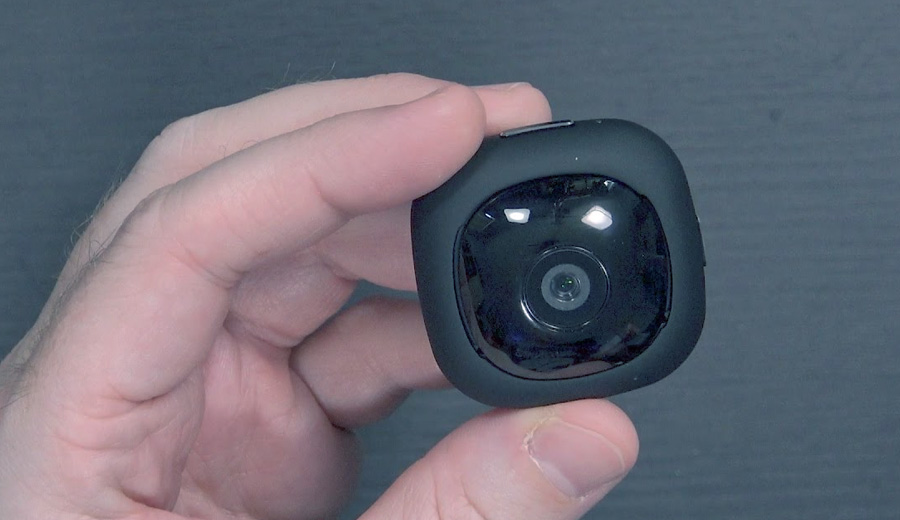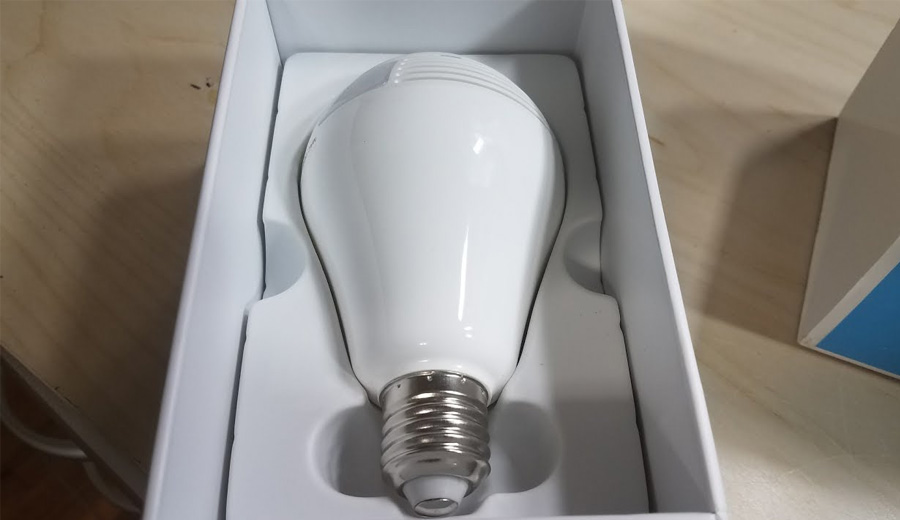Numerous sophisticated covert monitoring devices and methods, especially the hidden cameras, raise critical legal and moral issues in the changing workplace environment. That’s something that needs to be considered for businesses of all sizes.
Companies want to increase their security and operational efficiency but inappropriate surveillance may cause criminal litigation.
This articles delves into the implications of hidden monitoring at work, as well as the important issues to take into account for companies that want to stay compliant with the law.
Understanding Covert Surveillance in the Workplace
Covert surveillance is a form of monitoring that is undertaken without the approval and knowledge of the monitored employees. That can be anything, including hidden cameras, recorders, and GPS trackers installed in company supplied vehicles.
Legal Framework and Employee Rights
The covert surveillance in the workplace is typically governed by various legal and regulatory frameworks, including:
- Federal and State Laws: Each state or country has laws concerning surveillance and privacy rights. This is demonstrated by the ECPA and state wiretapping laws that are enforced in the United States, for example.
- Employee Privacy Rights: In most cases, employees would expect they are entitled to some privacy at some parts of the workplace. The expectation of privacy can be violated through covert surveillance and this may lead to negative consequences under the law.
Case Studies Illustrating Legal Consequences
Several real-world cases highlight the legal implications of improper covert surveillance:
1. Lopez v. River Oaks Imaging & Diagnostic Group, Inc. (2012)
Case Overview:
This is where an employee found a concealed camera inside the gender-neutral restroom. A lawsuit was filed by a worker, Lopez, against the company alleging a breach of contract. The owner of the company took a camera and installed it in a bathroom as he suspected theft. This breached the privacy of an employee.
Legal Outcome:
The court supported Lopez and the allegations against the company for intruding into one’s right to reasonable expectations on privacy. This resulted in the company being sued for invasion of privacy, and ordered to award compensation for damages to the worker.
2. Smyth v. Pillsbury Co. (1996)
Case Overview:
Pillsbury Co. concealed CCTVs in different locations throughout the office to look into allegations of drug use at work as they had received an anonymous tip. This was done without the knowledge or consent of the employees.
Legal Outcome:
The court ruled in favor of employees who had sued the company over invasion of privacy. The court ruled in favor of employees, stating that by planting covert cameras, the company was invading their privacy. The firm faced legal consequences, and had to pay a compensation to the workers.
3. Hernandez v. Hillsides, Inc. (2009)
Case Overview:
When an employee Hernandez realized the surveillance camera had been installed in her office without her knowledge, she sued the company in violation of her privacy.
Legal Outcome:
It was concluded that the employer invaded upon the worker’s privacy, because there was no legitimate reason for a secret monitoring. The court ruled that the company was responsible for infringing on their privacy rights and was required to compensate moral damages.
4. European Court of Human Rights: López Ribalda and Others v. Spain (2018)
Case Overview:
On that note, a Spanish supermarket setup cameras with an aim of protecting their supplies, but failed to notify their workers. The cameras did indeed capture employee theft.
Legal Outcome:
Despite catching criminals in action, the European Court of Human Rights ruled that company’s covert employee monitoring violated their rights to privacy. Even though employer was rightfully concerned about goods being stolen from his store, that didn’t stop courts siding with employees, because employer didn’t disclose to all the workers about surveillance and monitoring. Court decided that surveillance was disproportionate to the intended aim, and still breached people’s rights.
These are just some of the cases that serve as example where companies faced legal ramifications of improper use of covert surveillance cameras in the workplace. Even though, often times employers have good intentions, and have rightful justifications for installing spy cameras, courts more often that not side with the employees.
So, it’s very important that you as a business owner, follow proper rules when it comes to secret employee surveillance and monitoring. As most likely, it’s you, who will be held liable for your actions and not the criminals.
Best Practices to Navigate the Law
Businesses must navigate the legal landscape cautiously when considering surveillance in the workplace:
- Transparency and Communication: Communicate to employees on the surveillance measures undertaken, including the purpose, scope and duration of monitoring.
- Employee Consent: Ensure there is clear consent from employees on any surveillance before it is implemented, the company must clearly state the meaning and scope of any surveillance.
- Adherence to Laws and Regulations: Strictly comply with federal, state, and other local laws related to surveillance in the workplace.
- Justification and Proportionality: Justify the need for covert surveillance, ensure it’s proportionate so as to avoid going beyond the intended purpose.
Mitigating Legal Risks
To mitigate legal risks associated with covert surveillance, businesses should:
- Consult Legal Experts: Ensure your compliance with the law by consulting competent lawyers and legal professionals.
- Regular Assessments: Check from time to time if the workplace surveillance is necessary, legal, or both.
- Data Protection Measures: Put in place, appropriate data security to safeguard any information obtained through monitoring.
Conclusion
Objectively looking, we can sympathize with both employees and the employers.
Nobody wants to be secretly monitored, especially in bathrooms. Humans do expect privacy in such areas.
However, a small business owner who is being taken advantage of, absolutely has the right to protect his/her merchandize from employee or customer theft. Seems like surveillance cameras are an ideal choice to solve the issue.
Businesses need to approach this environment very carefully, while ensuring their monitoring methods conform to existing legislation and rules. These include transparency, seeking employee consent, observing legal frameworks and proportionate approach to workplace surveillance to avoid legal consequences.

